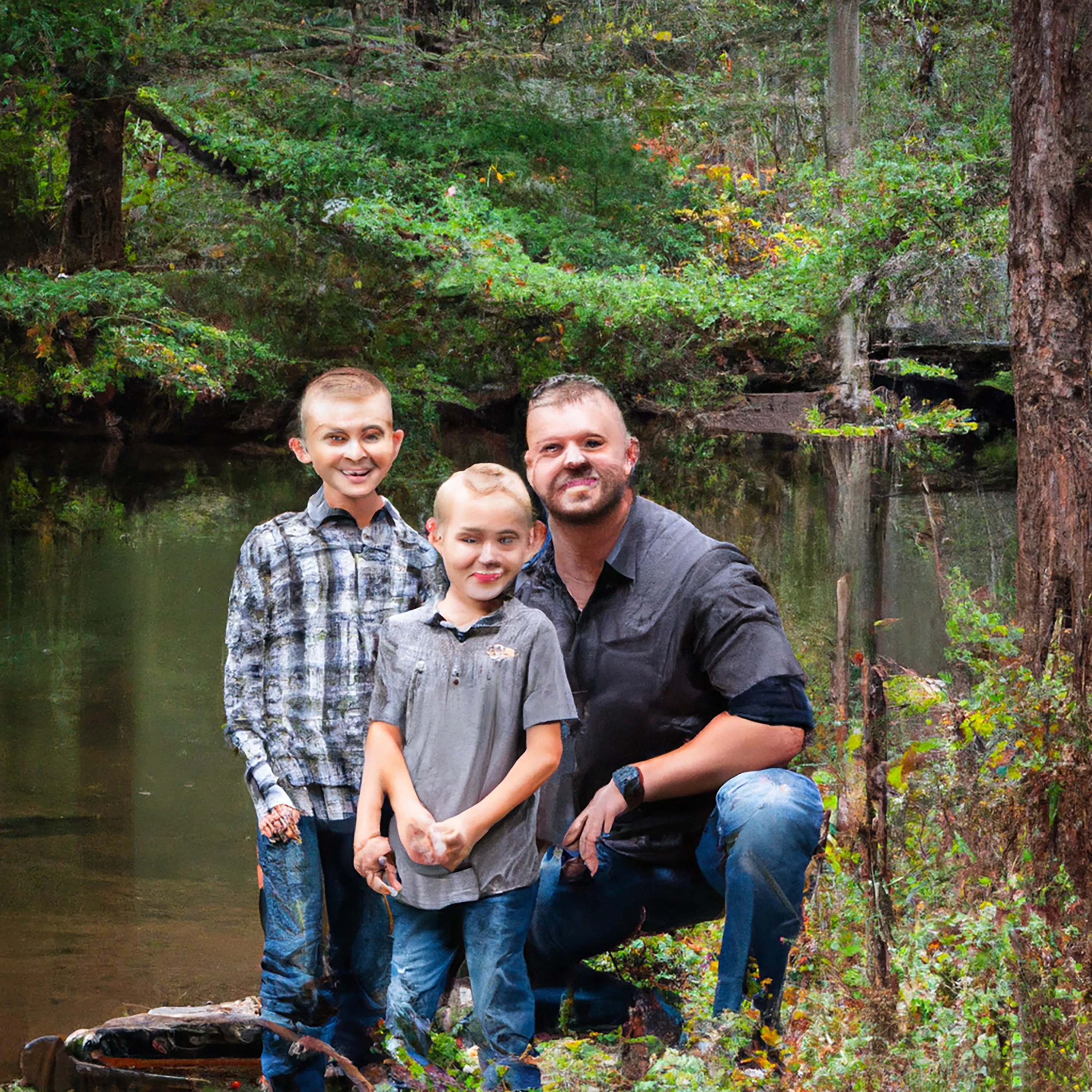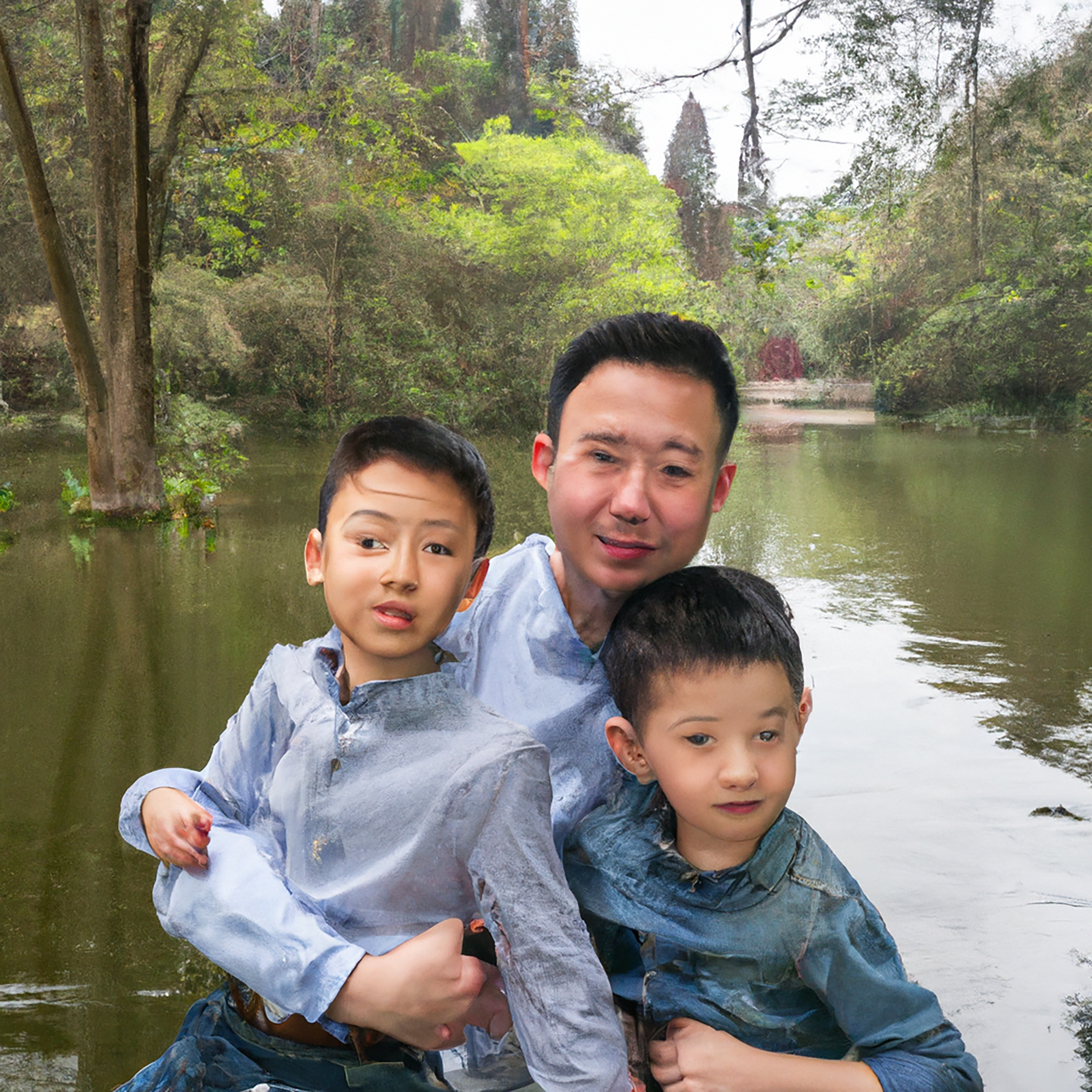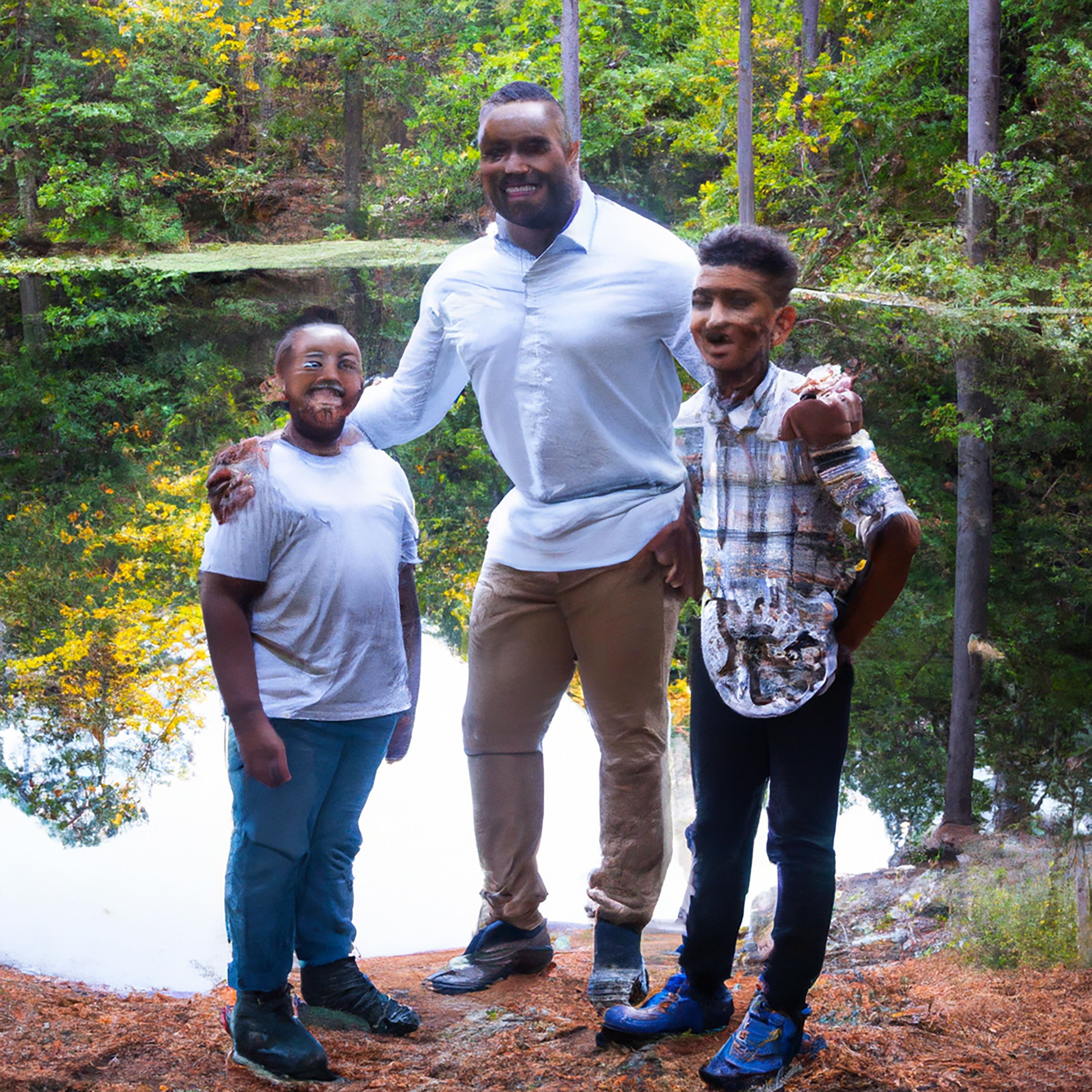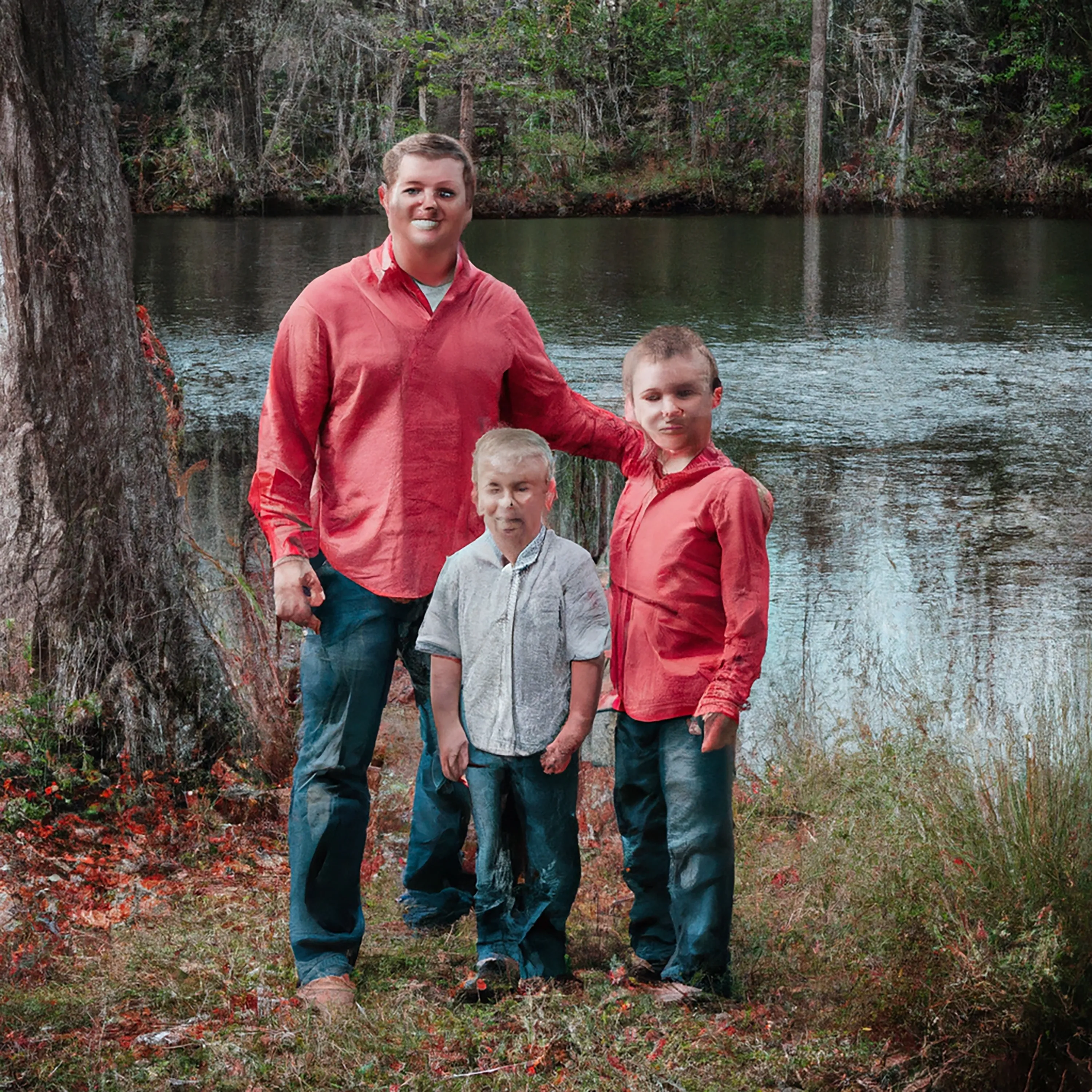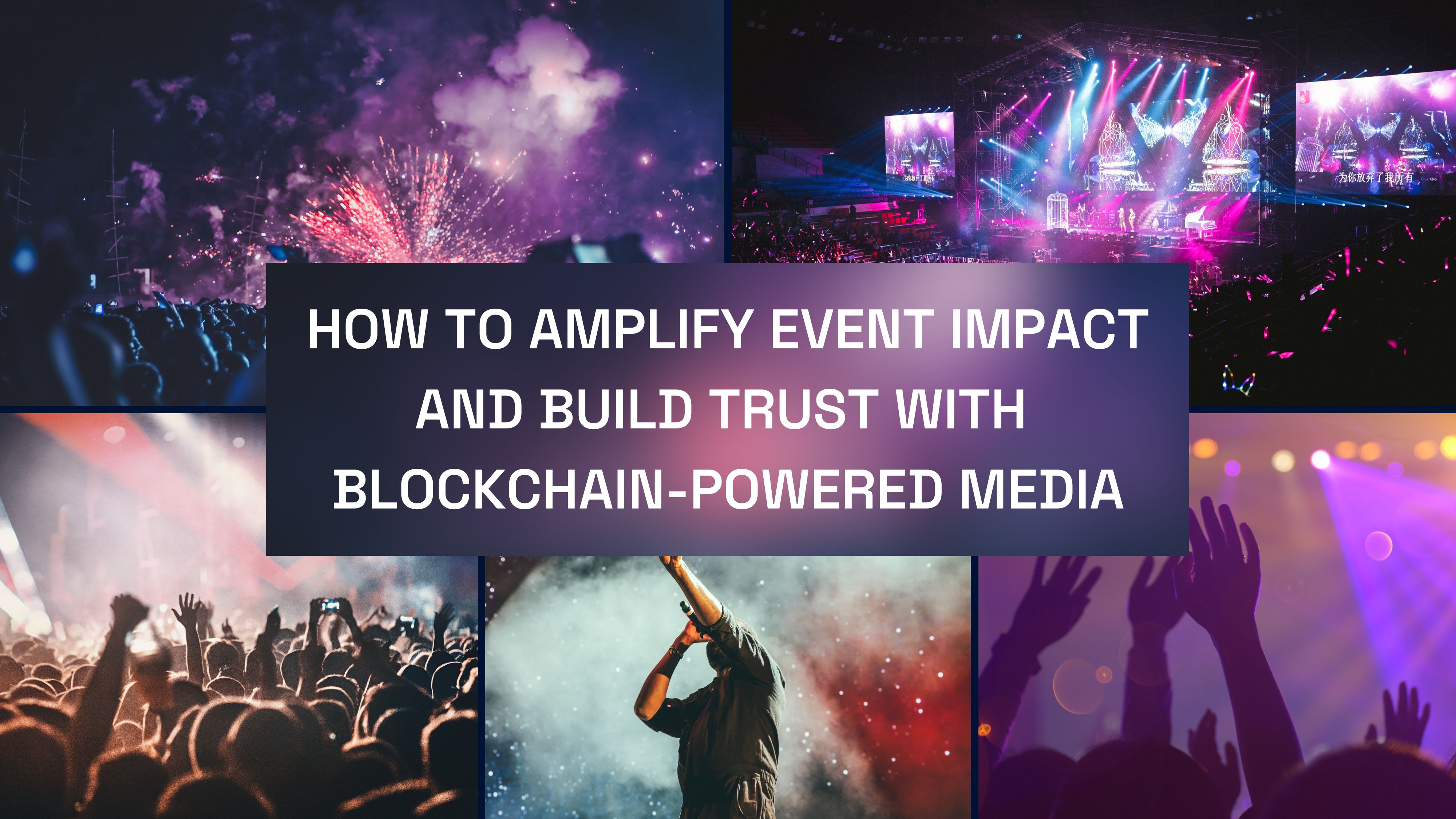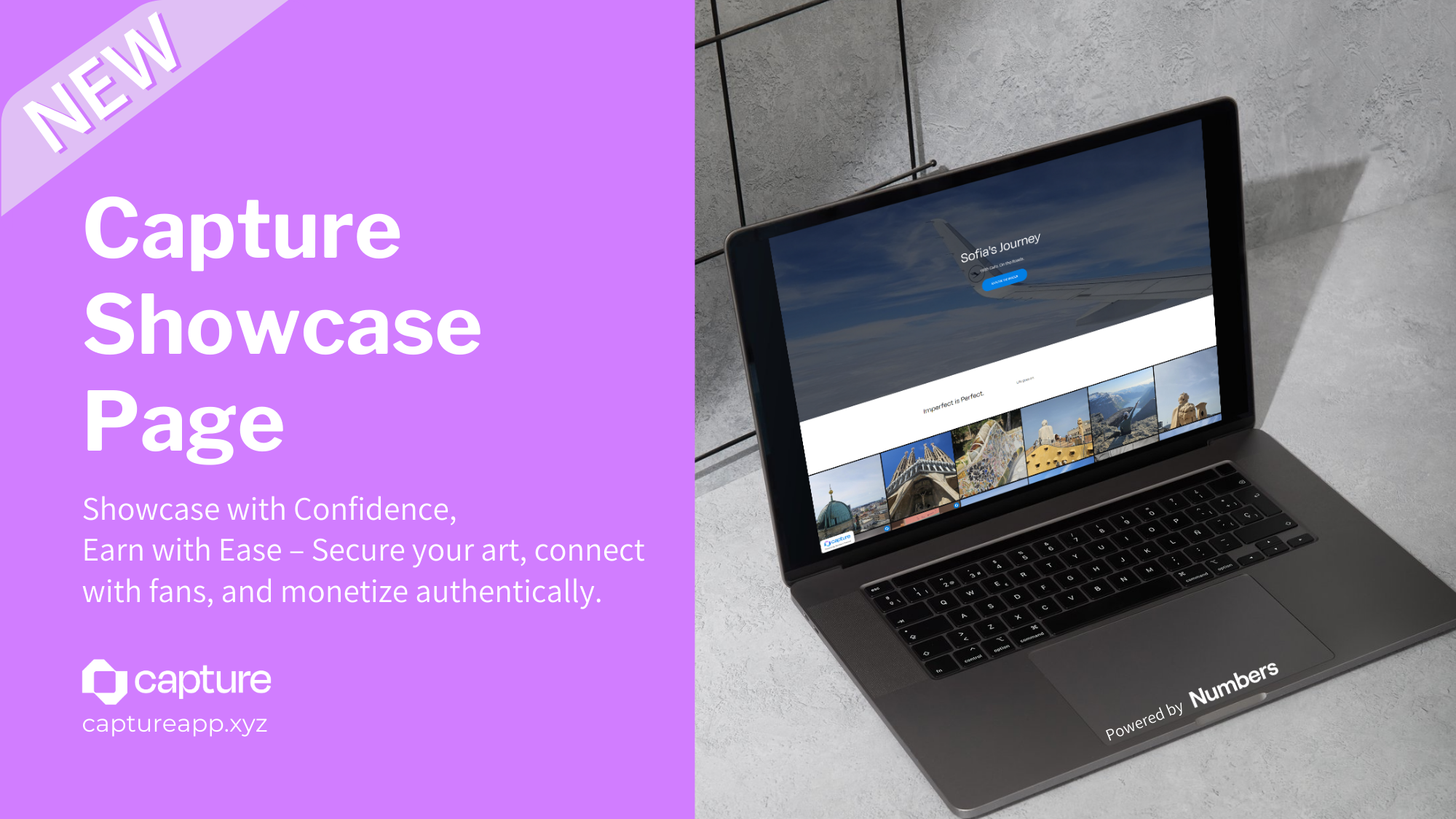American artist Gregory Eddi Jones has centred his practice on reimagining what photography can be and do. Using stock and advertising photographs as his source material, Jones's cameraless approach employs digital and physical manipulation strategies to untether the medium from its relationship with truth. In his new book Promise Land, he creates a visual symphony inspired by T.S. Eliot's poem The Waste Land. Pulling from a range of inspirations, from folk pictures and fairy-tale illustrations to surrealism and photo-historical traditions, Jones invites the viewer to think about our relationship to photography in an entirely new way.
With Jones’s work intent on disrupting the conventions of photography and visioning new possibilities, it is no surprise that he was an early advocate for NFTs. Over the last year, the artist has successfully released his first NFT collection and cultivated a new audience around his practice. Here, he tells Capture in his own words about his creative approach, his NFT journey and how Web3 offers endless possibilities for image makers.
On Promise Land
The first picture I made for Promise Land was in 2018. The process dates back to 2015, when I was printing a project at Grad School, and I accidentally loaded the sheet of paper into the printer upside down. When the image came out, the ink was wet. I folded the sheet of paper in half to make this a Rorschach-like inkblot picture, pinned it to my studio wall and just sat with it for a while.
I experimented with the process for a few years to discover what was possible. It got me thinking about the potential to make pictures in which I manipulate wet ink and kind of break down the realism of photography into something that is anti-photographic. I started to embrace this new way of picture-making because it felt like an un-photograph. It pushed against the assumption that a photograph is a source of truth. It was 2018, and I was thinking about this post-truth world we are living through and the Trumpian nightmare - the world just felt so broken. I think a lot of the work came from me wanting to make pictures that felt like they were broken or not functioning in the way they were supposed to.
On Process
I use appropriated images, often from stock libraries, and digitally manipulate them. I will then print them and work with the physical ink before scanning them and working with them digitally until I find a resolution for the image. The subject matter and formal strategies vary from picture to picture, so there is a lot of scope within Promise Land, but it's all tied together by the singular voice that comes from manipulating the ink.
On Inspiration
T. S. Eliot's poem, The Waste Land, is central to Promise Land and frames the work. He wrote it in 1921, just after World War One, while living in London, experiencing the destruction of the war firsthand. The poem is extraordinary in its ambition and scope of the narrative. It's a collage-like poem, written with many different voices, intertwining old stories with fragments of pop culture. It's filled with allusions to mythology, religion and all these other belief systems.
The Waste Land felt like Eliot’s attempt to put the world back together again despite being aware that it just wasn't possible. The poem is this disorientating and chaotic mix of culture, and I felt like that was the kind of body of work I wanted to make. I thought about Promise Land as an update to the poem or a visual sequel.
I'm interested in exploring the outer boundaries of what photography can be. Thinking about an image like a sculpture - taking my hands into the picture and reshaping it - not just accepting what the camera alone can do.
On Cameraless Image Making
Early on in my career, I realised that the camera wasn't the right tool for me to make the kinds of pictures I wanted to make. I'm interested in exploring the outer boundaries of what photography can be. I'm excited about approaching an image like a sculpture - just really taking my hands into the picture and reshaping it - not just accepting what the camera alone can do.
Appropriating stock photographs feels like a way for me to have this call and response. I'm looking at the existing visual culture and responding to it or creating a conversation that, in turn, can create a new visual culture. I want all the images to feel familiar, like the kind of images you have seen before, while also landing the viewer in a foreign environment. This type of work would not be possible with a camera, and personally, I feel like photography is so much more than a camera. All this technology surrounding image making - the papers, the printers- is part of the process, and I'm excited about using these tools in alternative ways. I find the camera to be an impersonal, cold, rational device, and I'm looking to make work that is in opposition to those qualities - using the materials in a more physical way to chisel and transform them further.

